Industrial Revolution: The Industrial Revolution, a period of profound transformation that began in the 18th century, marked a significant shift in human history. It brought about radical changes in the way goods were produced, transportation was revolutionized, and societies were reshaped. This article explores the key aspects of the Industrial Revolution, its impact on various sectors, and the enduring legacy it left behind.
I. The Origins of the Industrial Revolution:
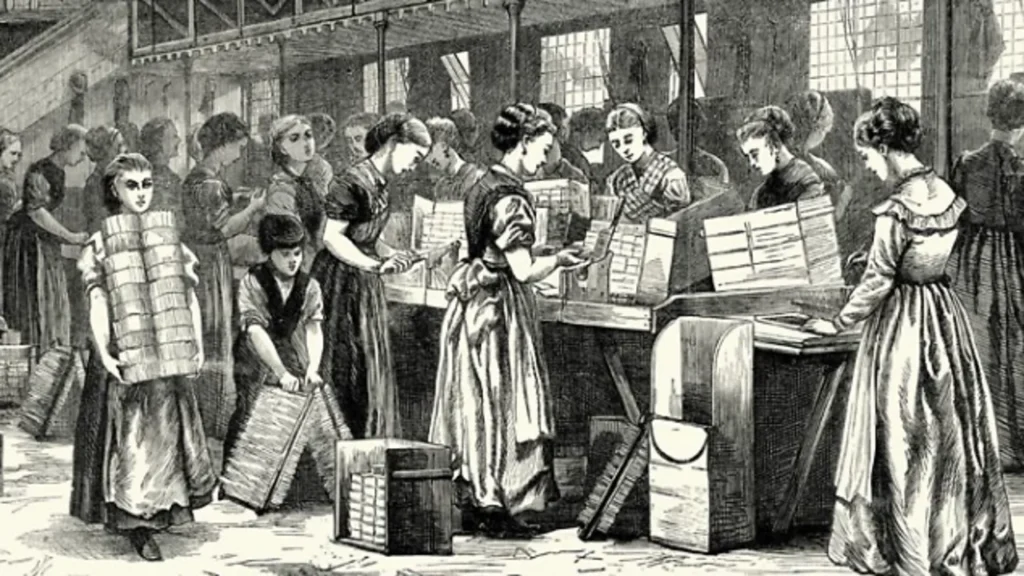
The seeds of the Industrial Revolution were sown in Great Britain, fueled by a combination of factors. The agricultural revolution laid the foundation by increasing food production and population growth, freeing up labor for other industries. Additionally, advancements in technology, such as the development of steam engines and the harnessing of coal as a source of energy, played pivotal roles in driving industrialization.
II. The Transition to Industrialized Manufacturing:
- The Factory System: One of the defining features of the Industrial Revolution was the shift from cottage industries to large-scale factory production. The factory system concentrated production under one roof, enabling mass production, specialization, and increased efficiency.
- Textile Industry: The textile industry emerged as a prominent sector during this period, with the invention of the spinning jenny and power loom. Mechanized production methods revolutionized the production of fabrics and led to a surge in textile exports.
- Iron and Coal: The demand for iron and coal skyrocketed as industrialization progressed. These key resources fueled the construction of railways, bridges, and machinery, driving further industrial growth.
III. Transportation and Communication Revolution:
- Railways: The advent of steam-powered locomotives transformed transportation, enabling the movement of goods and people at unprecedented speeds. Railways facilitated economic integration, boosted trade, and opened up new markets, laying the foundation for globalization.
- Canals: In addition to railways, canals played a crucial role in facilitating the transportation of heavy goods. They connected major industrial centers and helped reduce transportation costs.
- Telegraph: The invention of the telegraph revolutionized communication, enabling rapid transmission of information over long distances. This innovation connected distant regions and improved coordination in business and government.
IV. Social and Economic Impacts:
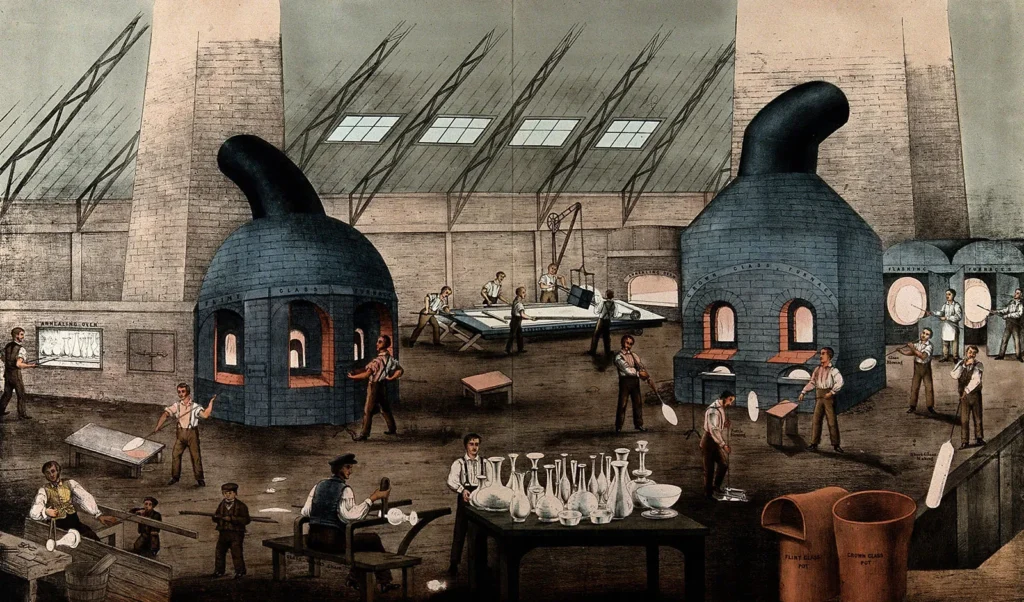
- Urbanization: The Industrial Revolution triggered a massive migration of people from rural areas to cities in search of employment opportunities. This rapid urbanization led to overcrowding, unsanitary living conditions, and social challenges.
- Social Classes and Labor Conditions: The emergence of a capitalist economy led to the creation of distinct social classes, with factory owners and industrialists at the top and the working class laborers at the bottom. Workers often endured long hours, dangerous conditions, and low wages, giving rise to labor movements and the push for workers’ rights.
- Economic Growth: Despite its challenges, the Industrial Revolution spurred unprecedented economic growth. New industries emerged, trade expanded, and living standards gradually improved for many, leading to the rise of the middle class.
V. Technological Advancements and Innovation:
- Steam Power: The invention of steam engines by James Watt revolutionized industries, powering machinery, locomotives, and ships. Steam power transformed manufacturing processes, making them more efficient and less reliant on human and animal labor.
- Machinery and Automation: Industrialization led to the development of innovative machinery and automated processes. Machines replaced manual labor, increasing productivity and output.
- Scientific Advancements: The Industrial Revolution was accompanied by significant scientific breakthroughs in various fields, including chemistry, physics, and engineering. These advancements further fueled technological innovation and progress.
The Industrial Revolution was a pivotal era in human history that reshaped societies, economies, and the way people lived and worked. Its impact on manufacturing, transportation, communication, and technology was profound and far-reaching. While it brought about immense progress and prosperity, it also presented challenges such as social inequality and environmental consequences. Understanding the Industrial Revolution helps us appreciate the advancements that shaped the modern world and serves as a reminder of the need to navigate future transformations with care and consideration.
Read Also: French Revolution
![]()

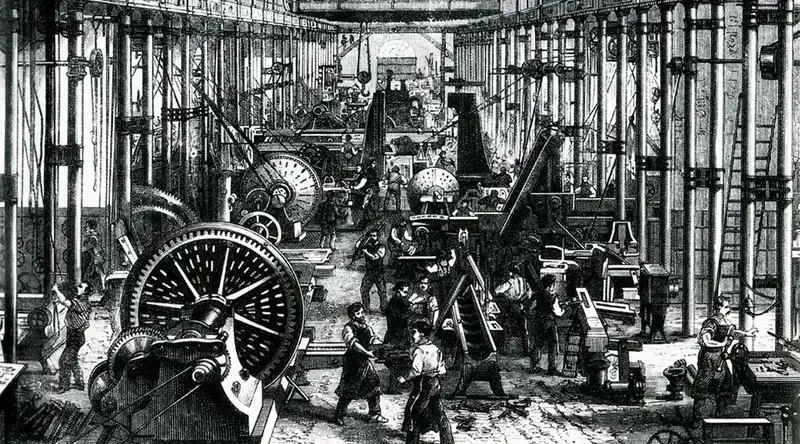

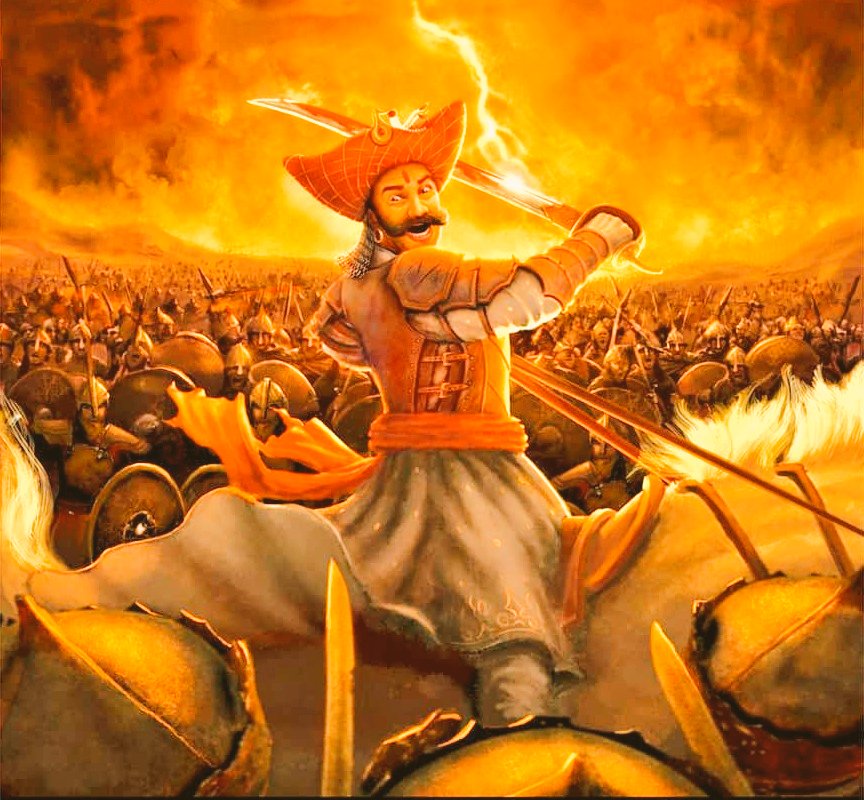
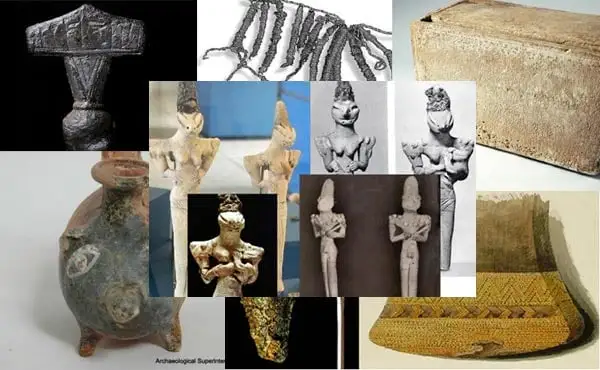

3 thoughts on “Industrial Revolution”